Coral Photography Tips: Capturing the Beauty of Your Reef
Learn essential coral photography tips to capture the mesmerizing beauty of your reef. Discover techniques, lighting conditions, and composition advice.
Introduction
Are you captivated by the mesmerizing beauty of coral reefs? Do you want to preserve those magical moments forever? Look no further! In this article, we will explore the art of coral photography and provide you with essential tips to help you capture the enchanting allure of your reef. Not only will you be able to relive those precious moments, but you will also contribute to raising awareness about marine conservation. Let’s dive in!
Coral Photography Tips
Choosing the Right Camera Equipment
Before embarking on your underwater photography adventure, it is crucial to ensure you have the appropriate camera equipment. Investing in a reliable underwater camera with manual settings will allow you to have more control over your shots. Additionally, consider using a wide-angle lens to capture the expansive beauty of the coral reef. Remember, the right tools can make all the difference in capturing stunning photographs.
Understanding Lighting Conditions
Lighting plays a pivotal role in coral photography. Underwater, natural light is limited and differs from what we experience on land. To make the most of your shots, pay attention to the direction and intensity of light. Shooting during the golden hours, early morning or late afternoon, can provide a soft, warm glow that enhances the colors of the coral. Experiment with different angles to take advantage of the available light and create captivating compositions.
Composition Techniques for Capturing the Beauty and Details
When photographing coral, it’s essential to find a balance between showcasing the overall beauty of the reef and capturing intricate details. One effective technique is to use the rule of thirds, where you divide the frame into nine equal parts and place the focal points of interest along these lines or at their intersections. This technique helps create a visually pleasing composition. Additionally, try experimenting with different angles, perspectives, and depths to add depth and dimension to your photographs.
Patience and Slow Movements
Coral reefs are delicate ecosystems, and any sudden movement can disturb their fragile balance. When photographing coral, it’s crucial to be patient and move slowly to avoid causing harm. Take your time to find the perfect composition, observe the marine life, and wait for the right moment to capture that perfect shot. By being patient and gentle, you’ll not only preserve the reef’s beauty but also ensure its longevity for generations to come.
FAQ (Frequently Asked Questions)
What camera settings are ideal for coral photography?
To capture the vibrant colors and intricate details of coral, it’s essential to adjust your camera settings accordingly. Start by using a low ISO setting to reduce noise and maintain image quality. Set a wide aperture (small f-stop number) to achieve a shallow depth of field, which will help isolate the coral from the background. Additionally, experiment with different shutter speeds to capture motion or freeze the coral’s delicate movements.
How can I enhance the colors of coral in my photographs?
While capturing coral, you may notice that the colors appear duller underwater. To enhance the vibrant hues, consider using an underwater color-correction filter or shooting in RAW format. These techniques allow for more flexibility during post-processing, enabling you to adjust the colors and bring out the natural beauty of the coral reef.
Are there any specific techniques for capturing coral in motion?
Capturing the graceful movements of coral can add a dynamic element to your photographs. Experiment with slower shutter speeds to create a sense of motion blur, highlighting the fluidity of the coral’s movements. Alternatively, using a faster shutter speed can freeze the action, allowing you to capture intricate details even in the midst of motion. Try different techniques and settings to find the one that best suits your artistic vision.
What are some safety precautions to consider while photographing coral?
When photographing coral, it’s crucial to prioritize the safety and preservation of the reef. Avoid touching or disturbing the coral in any way, as it is a delicate and vital part of the ecosystem. Be aware of your surroundings, follow local regulations, and consider taking a photography course or guided tour to ensure you are well-informed about best practices for underwater photography. Remember, responsible photography goes hand in hand with protecting the reef.
Conclusion
Coral photography is not only a means to capture the beauty of the reef but also a powerful tool for raising awareness about marine conservation. By employing the tips and techniques discussed in this article, you can capture stunning photographs that showcase the enchanting allure of coral reefs. Remember to choose the right camera equipment, understand lighting conditions, master composition techniques, and practice patience and gentle movements. Let your photographs tell a story of the mesmerizing beauty hidden beneath the ocean’s surface. Together, we can inspire others to appreciate and protect these precious ecosystems for future generations. Happy shooting!
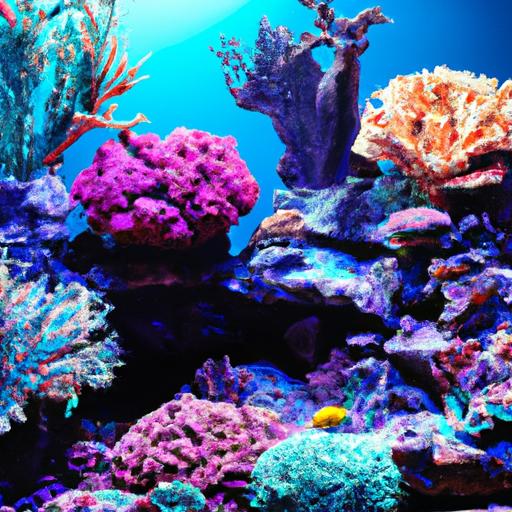
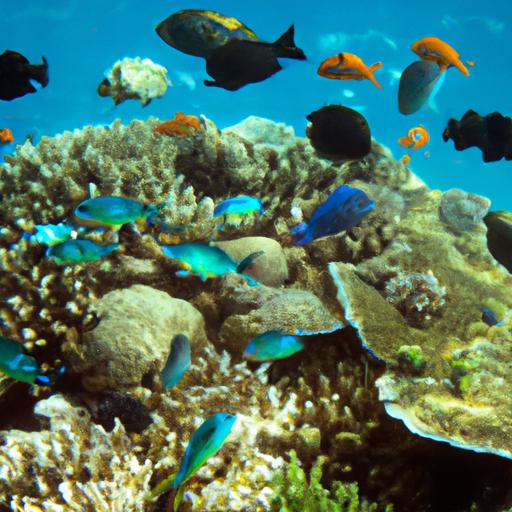
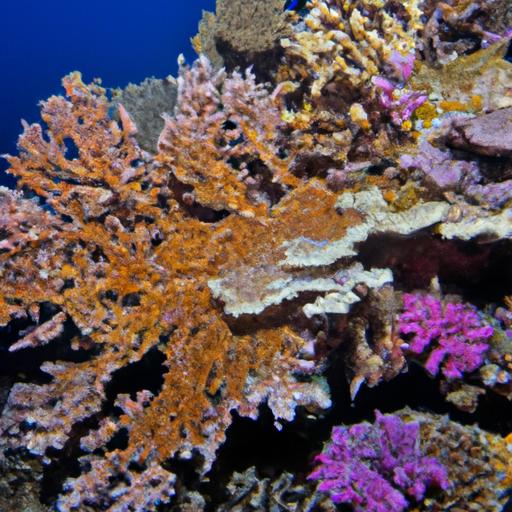
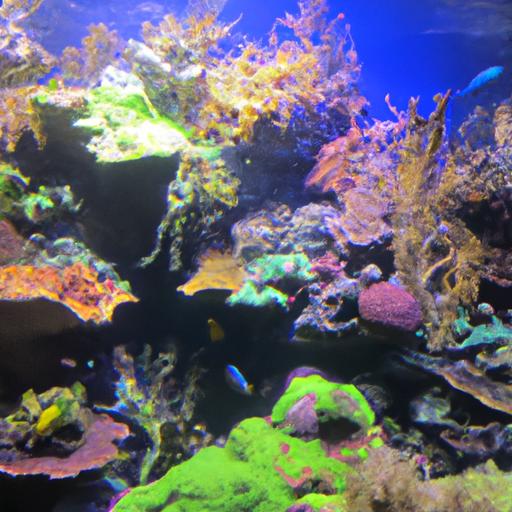
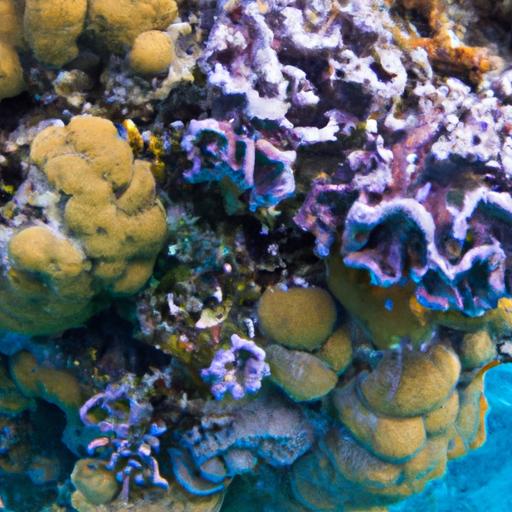
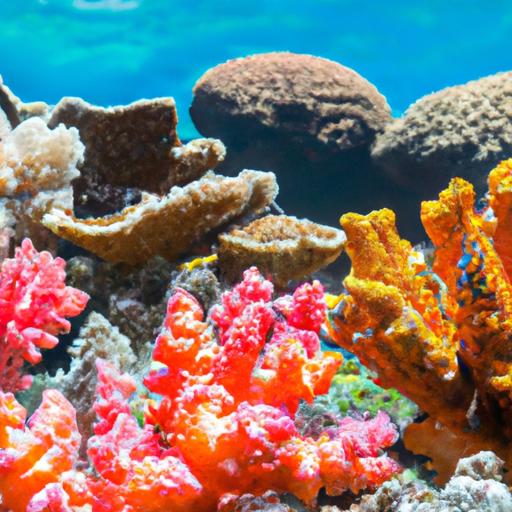
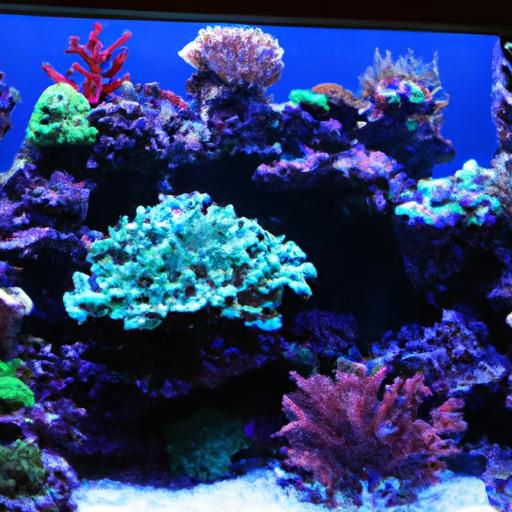















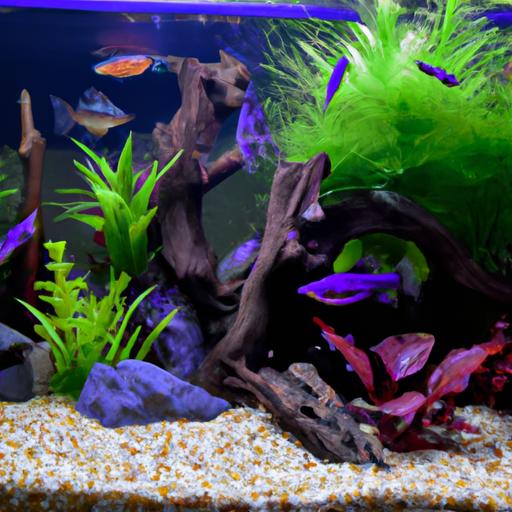

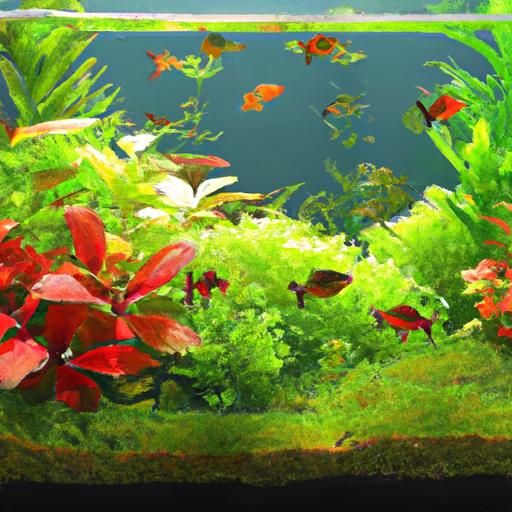

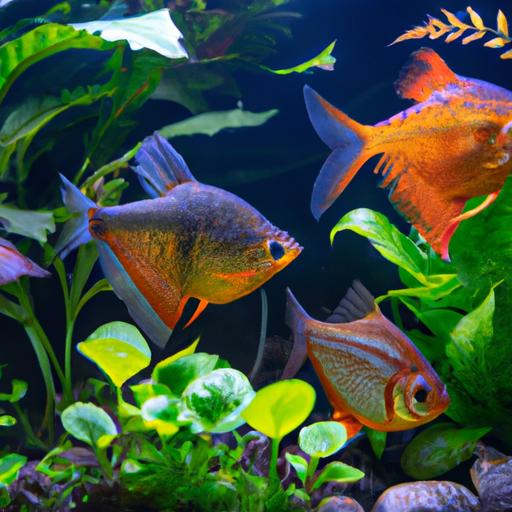

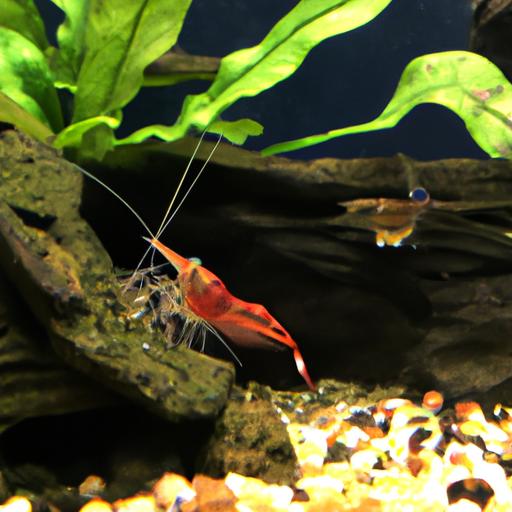

.jpg)